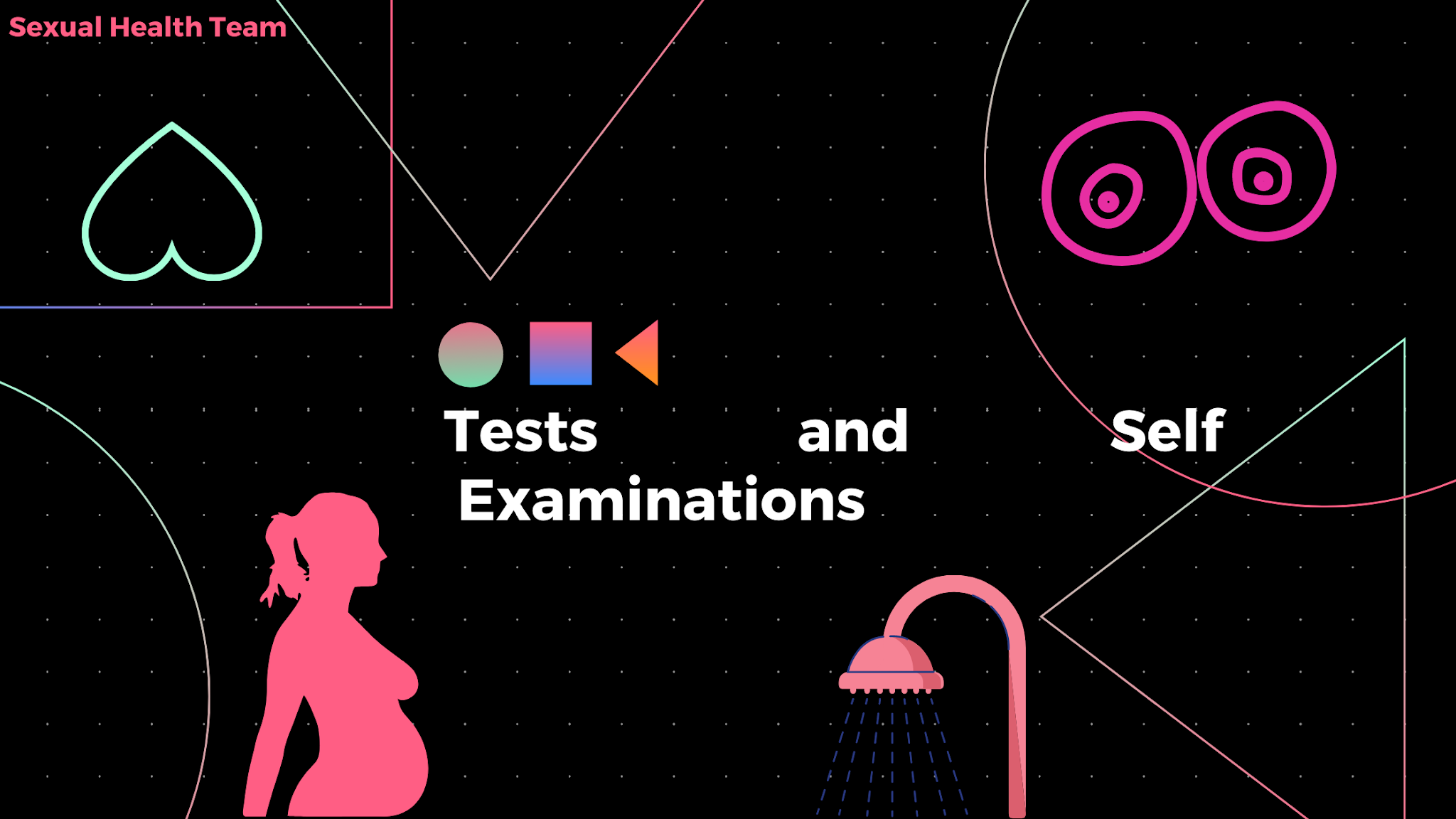Written by Reese, Marina, Nadina and Alyssa from HP's Sexual Health Team
Here is some information on types of test/self-examination that will keep you healthy.
PAP Test (for females)
- An internal, or pelvic exam, is an examination that your doctor or a nurse performs to take samples from the cervix, to test for STIs, or to take a “Pap” test to screen for the early changes that can lead to cervical cancer. It is normal to be nervous or anxious about your first internal exam.
- You can visit Sex&U to learn what to expect during your PAP test
Testicular Self-Examination (for males)
- Testicular cancer is the number one cancer diagnosis in young men. This is why getting to know what feels normal and reaching out to a doctor if anything changes is so important. [True North Testicular Cancer, 2021]
- You can visit Movember Canada to view a self-examination guide.
- What to look out for? [Testicular Cancer Canada, 2017]
- Hard and painless lump
- Change in size, shape, tenderness, or feel of your testicles or scrotum
- Swelling or pain in your testicles or scrotum
- Heaviness in your lower abdomen or scrotum
- Persistent, unusual back pain
- Soreness, or sudden unexplained growth around the pectoral muscles
- Unexplained weight loss
- If you experience any of these symptoms, contact your family doctor or visit your health care provider
Breast Self-Examination [Quebec Breast Cancer Foundation, 2021]
- A breast self-evaluation means checking your breasts for any changes or lumps. Pay attention to changes in your breasts.
- Knowing what your breasts look and feel like normally allows you to talk with your doctor if you notice anything out of the ordinary.
- What to look out for? [Quebec Breast Cancer Foundation, 2021]
- Changes in breast size or shape
- Dimples or folds in the skin of a breast
- Redness, swelling, or increased warmth in a breast
- Persistent itching
- Nipple retraction (turned inward)
- Crusting or scaling nipple (small flakes of skin that fall off)
- If you have any questions about breast observation, consult a general practitioner, gynecologist, or nurse specialist.
Pregnancy test
- The best way to confirm whether you are pregnant is to take a home pregnancy test or visit your healthcare provider.
- If a home pregnancy test is negative, this does not necessarily mean that you are not pregnant. Occasionally, particularly if the test is taken too early, home pregnancy tests can give false negatives. You may want to repeat the test to be sure, especially if you are still experiencing symptoms.
- If a home pregnancy test is positive, it is important to speak with your health care provider or clinic soon to confirm the pregnancy and review your options.
- For more information on pregnancy please visit Sex&U or call your healthcare provider.
If you have any concerns based on a self-examination/test, be sure to contact your family physician.
